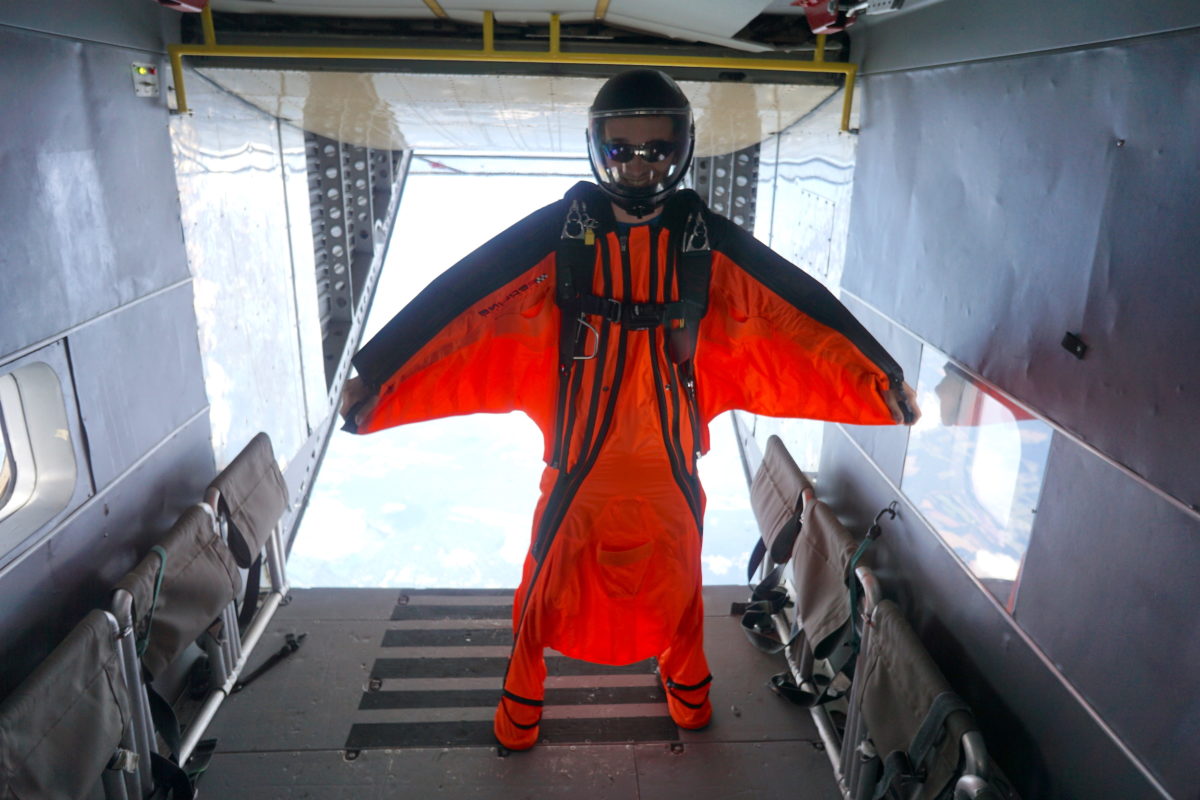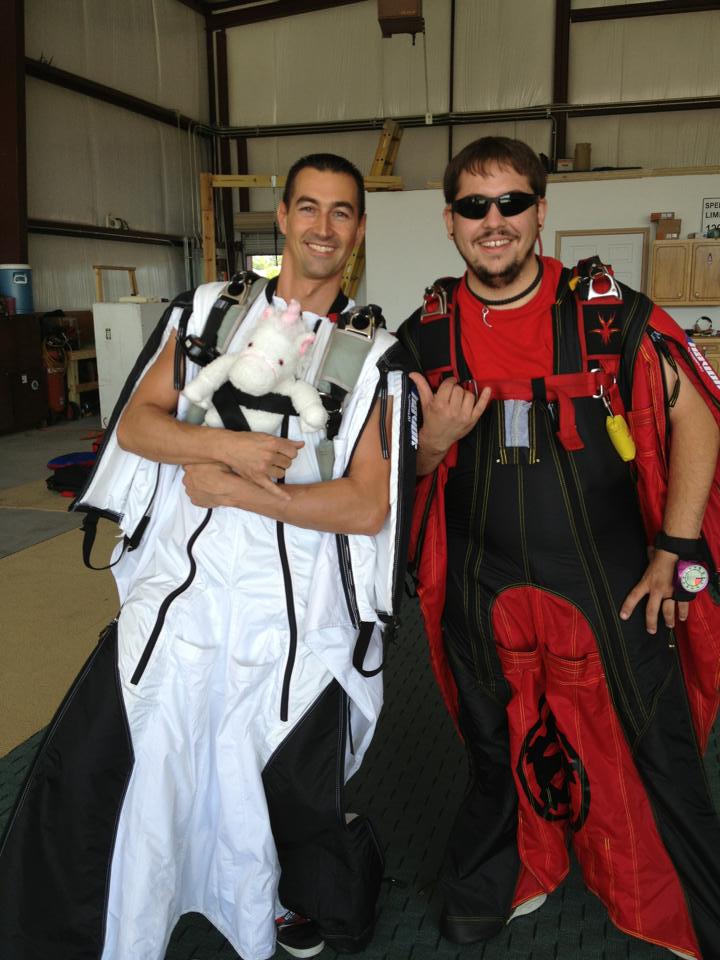You may already know what wingsuit flying is, or indeed have seen a wingsuit in action, i.e. human-sized flying machines zooming about amongst the clouds or even skimming the terrain down the side of a mountain. You might have heard wingsuits called ‘flying squirrel suits’ because that is pretty much what they are – material between your arms and legs that allow you to glide with grace and precision. It is easy to see the appeal, as who wouldn’t want to live out all their dreams of flying? It is not as easy as just getting a wingsuit though, as for the time being you still need a parachute to land one – which means you have to learn how to skydive first.

How to Get into Wingsuit Flying
Experience: Before you can skydive wearing a wingsuit, you are required to learn traditional skydiving and gather some experience first – this is because wingsuit flying is more complex in a few ways than ‘regular’ skydiving. The United States Parachute Association (USPA) requires that you have 200 jumps completed before you can get into wingsuit skydiving – which is in line with pretty much everywhere else in the world.
Navigation: A wingsuit is like a miniature aircraft and can cover significant distances during the length of a skydive. With practice and experience, wingsuit performance can be as high as 4:1 – meaning that for every meter you fall you travel forwards four. With this kind of range available, you need to be aware at all times of where you are flying so that you don’t zoom off into the middle of nowhere. Dropzones have limited sympathy for wingsuit pilots that land away from the designated area as it is mostly their own fault. By the time you can fly a wingsuit you should have enough experience that you can fly a successful freefall pattern.
Equipment: Wearing a wingsuit in addition to your usual skydiving gear adds an extra layer of complexity. Having material that connects your arms and legs makes them restrictive in certain ways. This is great when you are flying along, but requires specific procedures, additional training, and good awareness to use correctly. Wingsuits are very well designed using computers and science and lots of testing, but they can still feel a little bit like being zipped into a sleeping bag – so being comfortable overall with all your gear is key.
Procedures: The extra complexity added by becoming a wingsuit pilot means that each stage of your skydive is a little different – meaning the whole process from getting your gear ready and boarding the plane, all the way through to being back in the hangar after you land. Once again – sufficient training and experience are the key things to doing it right – including all the little details.
Wingsuit Emergencies: If things are done right, a skydive can go well – and the same goes for flying a wingsuit. The extra complexity definitely adds challenges, but the training process takes this into account and addresses them at the right time. Introductory wingsuits are relatively small, whereas fancy ones can be very big. It is frequently said that ‘small wingsuit = small problem, big wingsuit = big problem’ – which is true but managed correctly by building experience and progressing steadily.

Flying a wingsuit is an amazing thing to do, that does indeed feel as much like flying as you think it should. If you have but a few skydives then two hundred might seem like a great deal to achieve before you can start – but don’t let this dissuade you. There is a lot to learn within the first 200 jumps that not only sets you up in the right way for when you get to put a wingsuit on for the first time but is all awesome and mind-blowing on its own. When the time is right, you can then join your fellow bird people and add a new level of amazingness to your skydiving. Contact Skydive Monroe today to learn more!
Copyright © 2025, Skydive Monroe, All Rights Reserved.
DropZone Web Design & Marketing by Beyond Marketing, LLC



